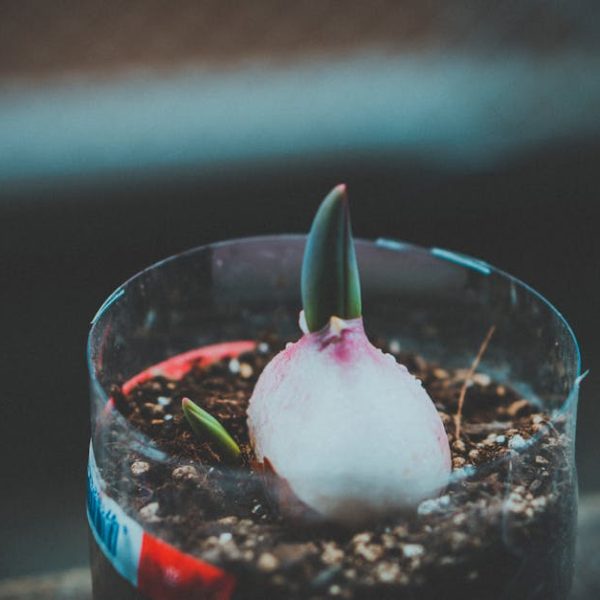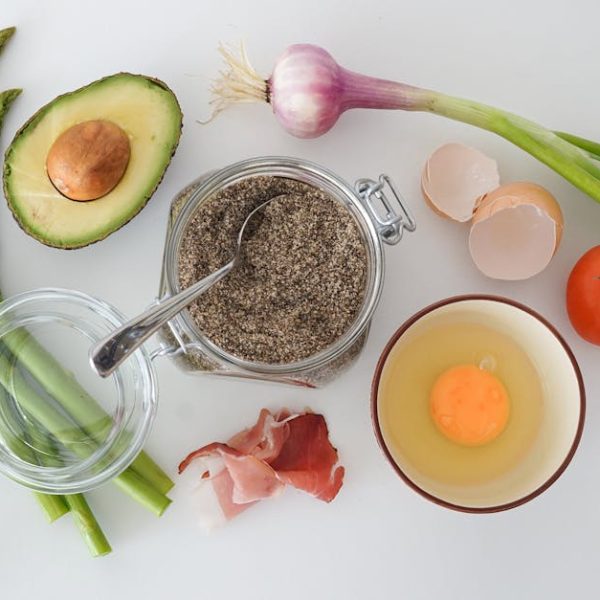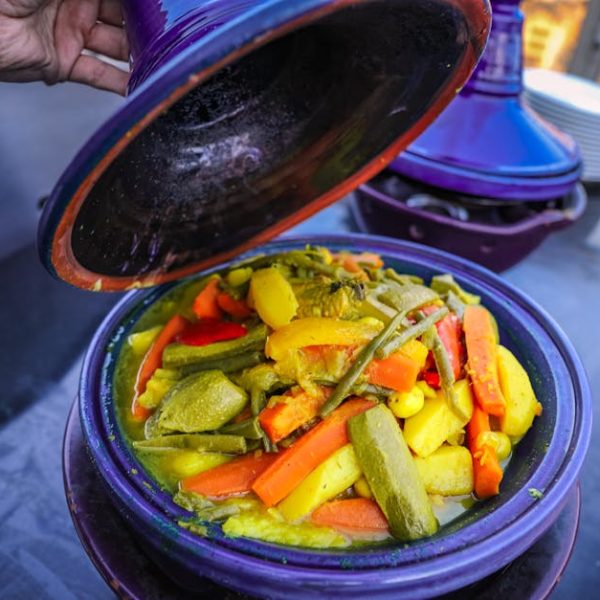Whether you’re a kitchen newbie or a seasoned home cook, understanding the shelf life of your groceries is crucial for food safety and reducing waste. With fresh cauliflower, it’s typically 1-2 weeks if stored correctly. However, factors such as temperature, humidity, and exposure to air can impact this timeframe. Signs of spoiling are easy to spot – look for an unpleasant smell, dark spots on the florets, and a slimy texture.
Understanding the Shelf Life of Fresh Cauliflower
Fresh cauliflower, like most vegetables, doesn’t have a built-in expiration date. In ideal conditions, a head of fresh cauliflower can last between 1-2 weeks. It can last a few days beyond this if it’s kept in optimal conditions in the fridge.
Yet, fresh cauliflower’s shelf life can be affected by several factors such as temperature, humidity, and exposure to air. Cauliflower likes its home to be cool, less humid, and dark. So, your fridge is an excellent place for it to stay fresh.
Worried that your cauliflower might have spoiled? You can identify spoilage by several changes in the cauliflower. These changes might be shifts in color, the emission of unpleasant odors, or the development of a slimy and mushy texture.
Signs Your Cauliflower Has Spoiled:
- The cauliflower emits a sour, pungent smell.
- Dark spots or mold start appearing on the florets.
- The cauliflower develops a slimy or mushy texture.
Proper Storage of Fresh Cauliflower
Storing fresh cauliflower correctly can help you make its freshness last longer. Ideal storage methods include keeping it in the crisper drawer of your refrigerator or a tightly sealed plastic bag. But why is this important? The reason lies in the cauliflower’s water content. A head of cauliflower is 92% water. So keeping it in these cool, slightly humid environments helps preserve its moisture content and prevent premature rotting.
Best Practices for Storing Fresh Cauliflower:
- Avoid washing the cauliflower before you’re ready to use it to prevent moisture build-up.
- Store the cauliflower stem-side down in your refrigerator to prevent moisture accumulation.
- Keep the cauliflowers in a cool environment, but never freezing.
Extending the Shelf Life: Freezing Cauliflower
Freezing cauliflower can significantly extend its shelf life – as long as 8 months to a year. But wait, don’t toss it into your freezer just yet! To freeze cauliflower, you firstly need to wash it thoroughly, cut it into florets, and then blanch the pieces for about 3 minutes. After you’ve blanched the cauliflower, you immediately need to cool it in ice-cold water, drain, and pat dry the florets before moving on to freezing.
Checklist for Freezing Cauliflower:
- Thoroughly wash and cut the cauliflower into florets.
- Blanch the florets for about 3 minutes.
- Immediately cool the blanched florets, drain and pat them dry before freezing.
Shelf Life of Cooked Cauliflower
Unlike fresh cauliflower, cooked cauliflower doesn’t last as long. Properly stored, cooked cauliflower can stay in your refrigerator for about 3-5 days before it starts to get old. It’s crucial you store it right because as a cooked vegetable, it can absorb odors from other foods, thus spoiling its taste. Also, food safety should always be paramount, so always check the cauliflower for signs of spoilage before you eat it.
Pro Tip: Always reheat only the amount you’ll consume in one sitting to maintain the quality of the remainder.
Shelf Life of Pickled or Preserved Cauliflower
If you’re looking to store cauliflower for an extended period, pickling or preserving cauliflower can extend its shelf life up to a year if stored correctly. Pickled or preserved cauliflower is not only convenient but also can give a unique twist to your meals.
Let’s quickly compare the pros and cons of fresh, frozen and pickled cauliflower so that you can decide which method suits you best:
| Type | Pros | Cons |
|---|---|---|
| Fresh | Great taste, full of vitamins and minerals. | Shorter shelf life, requires proper storage. |
| Preserved or Pickled | Extended shelf life, convenient. | Different texture and taste, higher in sodium. |
Conclusion: Navigating Cauliflower Shelf Life
Flying through the world of cauliflower’s shelf life can be truly rewarding. Fresh cauliflower stays good for 1-2 weeks, cooked cauliflower for 3-5 days, and preserved cauliflower for up to a year! Your meals can always be tried and tested with any
Key Takeaway:
- Fresh cauliflower can last between 1-2 weeks.
- Factors such as temperature, humidity, and exposure to air impact cauliflower shelf life.
- Store fresh cauliflower in the crisper drawer of your refrigerator or a tightly sealed plastic bag.
- Freezing cauliflower extends its shelf life by 8 months to a year.
- Cooked cauliflower stays good for around 3-5 days in the refrigerator.
- Pickling or preserving cauliflower can extend its shelf life up to a year.
When navigating through the world of cauliflower’s shelf life, the right methods and attention to small details can ensure your cauliflower stays fresh, tasty, and safe to eat for extended periods. By regularly checking for signs of spoilage and practicing proper storage techniques, you will not only reduce waste but also have fresh or preserved cauliflower ready for your everyday cooking.
FAQs
Q: Can I freeze cauliflower without blanching?
A: While it’s possible, we recommend blanching cauliflower before freezing as blanching kills bacteria and preserves the vegetable’s flavor, texture, and nutritional value.
Q: How can I use spoiled cauliflower?
A: It’s not safe to consume spoiled cauliflower. Discard it immediately to prevent foodborne illnesses.
Q: Can preserved cauliflower be used just as fresh one in recipes?
A: While it can be used in many recipes, keep in mind that preserved cauliflower has different textures and flavors, and may contain higher sodium.
Q: Can I store fresh cauliflower at room temperature?
A: Fresh cauliflower is best kept in a refrigerator as it likes its environment to be cool, less humid, and dark.
Q: How can I tell if pickled or preserved cauliflower has gone bad?
A: Signs like an off odor, murkiness to the pickling liquid, or the appearance of mold are indicators that pickled or preserved cauliflower has spoiled. Always check before consuming.
Please continue exploring our blog for more food and meal prep tips. Share this article to help your friends navigate the world of cauliflower’s shelf life too!






